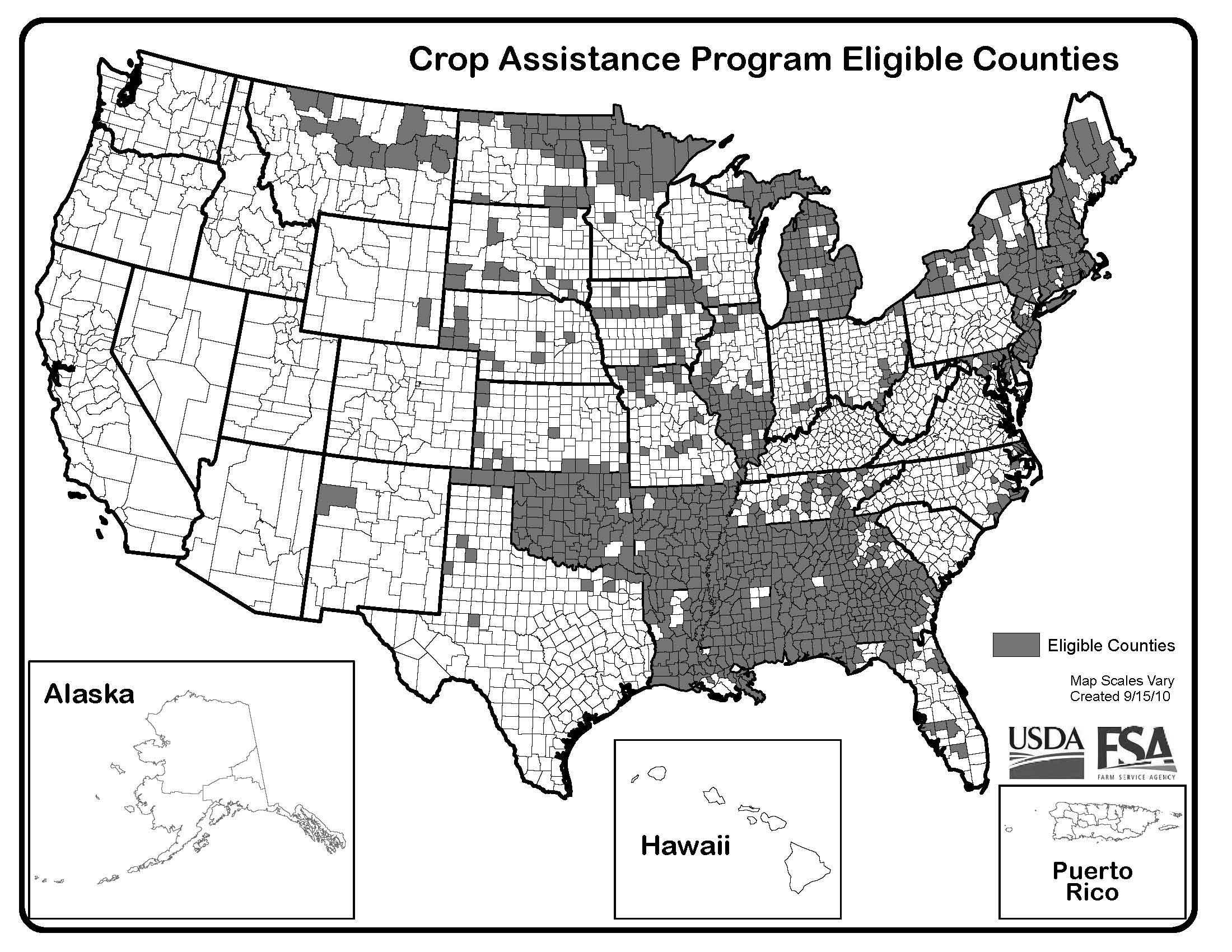I just got this camera for my impeding trip to Kenya and testing it. So far camera functions are superb, with 15x optical zoom and wide-angle lens, it is compact and takes great pictures on auto, but also have full manual control. What it lacks is printed manual and other detail instructions. The other BIG problem is GPS base maps. You will need to download them from www.samsungimaging.com, not samsung.com as stated in PDF manual. And, search for model WB650, not HZ35W. After jumping through the hoops I found this semi-direct link
http://www.samsungimaging.com/learn/digital-camera-camcorder/productDetailView.do?forward=feature&prdCtgSeq=7&langPrdSeq=6037
You will need to agree to the terms, than enter serial code of your camera (on the bottom, HZ35W code will work) and check if code is valid. Than it will take you to download page. Manual for GPS basemaps is not download-able, no saveable and in scroll-down frame, after taking multiple screenshots, I was able to save it.
Now about the maps. Samsung states that 63 countries are covered, but You only have 3 attempts to download regional (country?) maps. Since others stated that getting 550 Mb map of US was a pain, I downloaded basemaps for whole world (required, ~100 mB) first, and then got Kenya, UK (for my possible venture into London during plane switch) and Russia/Ukraine. I was really surprised that those countries are available.:) Well, I just started US download, I got it in about 15 min, not bad. also I am not sure how detail those maps will be, but they are there!
After jumping through hoops, here is video how to, which is only available if you already went through all sites, entered serial number, etc. It teaches you how to do just that.:)
http://www.samsungimaging.com/learn/digital-camera-camcorder/goInstallGuideMovie.do
Pros:
1. Camera is pretty easy to use. Point and shoot and gets good pictures. Great wide angle + 15X optical! zoom.


2. Intelli-Studio for image editing is also straightforward. Camera connected fast with Win XP Pro PC, you don't even need to install Studio, it runs from camera. Camera is charging while uploads pictures.Short USB cable is actually a plus. It is proprietary by Samsung, so I have to be careful not to lose it. Old images are not removed from SD by default, but can be cleaned with a few clicks. I also installed the Studio to PC to download images into my Win Live folder which will automatically syncs between work and home PC. So I can work on images anytime from any comp. I am getting ready for netbook :) and planning to carry one with me on ventures around town/business travel. I am aware that netbooks do not have optical drive, so auto-install of software from camera instead of DVD is actually a plus! The software displays all info about each shot, including GPS coordinates, I am planning to use it in learning digital photography and may be for documenting my soil consulting trips and EC measurements.

3. GPS actually fixed pretty quickly, about 2 min max (for the first out of the box fix, not bad!) when I was sitting outside waiting for car oil change, and it was not clear view of skies, I was on the side of the hole in concrete awning, sort of an atrium. Even without base maps, it displays pretty accurate location of the picture (through Intelli-Studio, it even shows address of Car Spa I was sitting at). Accuracy spread was also OK for not dedicated GPS, considering I was siting not in the crear sky view. The popped out picture of the stones actually shown exactly where I was sitting, other pins are close by (I did not move while taking all 7 pictures), but this spread to be expected even on hight end GPS.
Cons:
1.No hard copy user manual is included. Manual is on CD (and that is only thing which is on that CD, pretty wasteful, as all base maps on web, and manual as well, why include CD?). Although I like PDFs and generally prefer having a softcopy on computer for referral, sometimes it is nice to being able to play with camera outside and refer to book manual. I should go through additional loops to convert PDF to use on Kindle or Win Mobile Phone. Or netbook?:)
2. Basemap download and install is not easily available, see above. Although I found it and downloaded relatively painlessly, I am still working on getting basemaps on camera SD, this will be separate post. Also space limits - I will have to fill about 1 Gb with base maps...
Conclusions: I really like this camera and can envision having it with me at all the times. I am not a good photographer, but like to learn. Also I follow the motto "the best camera is the one you have with you". We got DSLR Pentax for Christmas, but it is too heavy and complicated to my taste, so my husband took it over, he likes to play with images and spends hours on editing. Now he shoots in RAW mostly, now there is always at least a week lag before he can post pictures. I don't like this. So this little Samsung will be My Camera.:)
 A real gem - historical 1980-2003 DAILY weather data for US - extrapolated on 1 sq km grid. Available as summary maps or RAW!
A real gem - historical 1980-2003 DAILY weather data for US - extrapolated on 1 sq km grid. Available as summary maps or RAW!




















